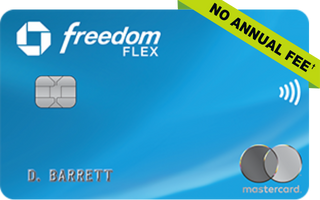The Chase Freedom Flex® Card and the Capital One QuicksilverOne Cash Rewards Credit Card offer enticing cash back rewards, but the Freedom Flex edges ahead with its higher cash back score and no annual fee.
The QuicksilverOne should not be overlooked, especially for if you have a lower credit score because it offers a flat cash back rate on all purchases and the opportunity for a higher credit line. Although the Freedom Flex provides a $200 bonus and 0% intro APR for 15 months, the QuicksilverOne's lower credit requirement makes it more accessible to a broader range of consumers.















